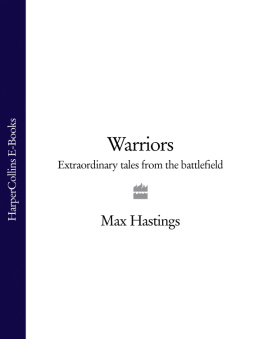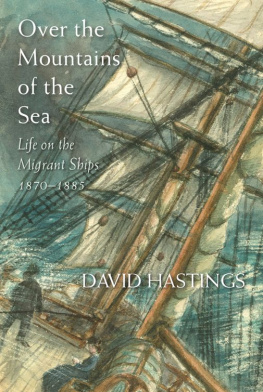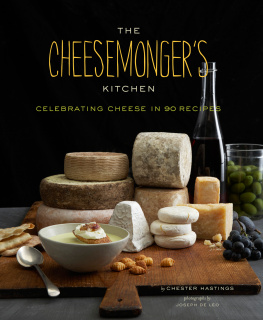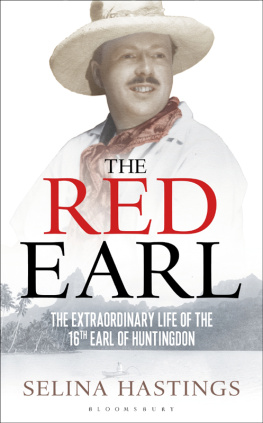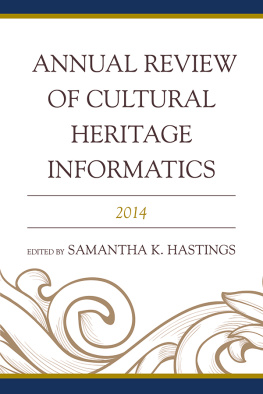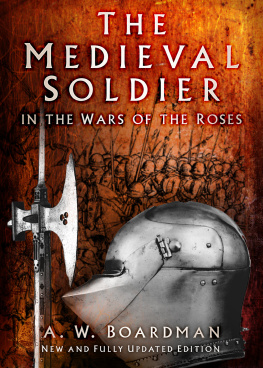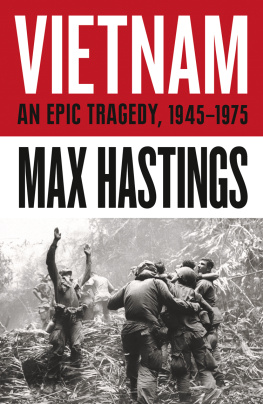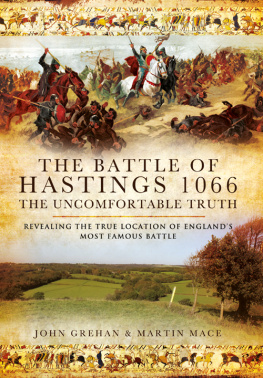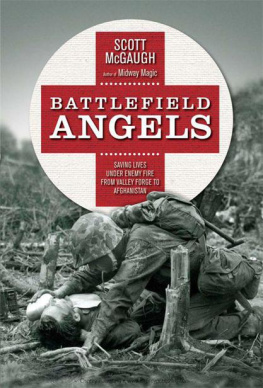For Professor Sir Michael Howard, CH, MC,
sometime warrior, evergreen teacher.
With affection and admiration, as always
THIS IS AN old-fashioned book, or at least a book about old-fashioned conflicts, because it concerns people rather than platforms, that unlovable contemporary synonym for tanks, ships, planes. It addresses the experience of some remarkable characters who made their marks upon the wars of the past two centuries. Like the rest of us, they were variously good, bad, ugly, charming and disagreeable. This study will be of no interest to such modern warlords as US defense secretary Donald Rumsfeld, because it addresses aspects of conflict they do not comprehend, creatures of flesh and blood rather than systems of steel and electronics.
In civil life, people with a penchant for fighting are deemed at best an embarrassment, at worst a menace. Warriors are unfashionable people in democratic societies during periods of peace, as Kipling frequently remarked. Nelson liked to quote the seventeenth-century poet and pamphleteer Thomas Jordans epigram:
Our God and sailor we adore,
In time of danger, not before;
The danger past, both are alike requited,
God is forgotten, and the sailor slighted.
Yet all nations need warriors to pursue their national interests in conflict, to create disciplined violence within the harness of uniform. In times of war, fighting men are suddenly cherished and become celebrities or at least did so until very recently. Few of those who experience battle emerge as heroes. Most, even if they have volunteered for military service, discover amid mortal peril that they prefer to act in a fashion likely to enable them to see home again, rather than to perform the sort of feats which win medals. This does not mean they are cowards. The majority do their duty conscientiously. They are reluctant, however, to take those strides beyond duty which mark out the men who win battles for their countries.
One of my favourite stories of the Second World War concerns a sergeant-major of the Green Howards, Stan Hollis. On D-Day, 6 June 1944, and in the battles that followed, three times Hollis attacked German positions which were holding up his battalions advance. He charged them alone, with sten gun and grenades, and killed or took prisoner the defenders. Many years later, his commanding officer reflected in my hearing upon the sergeant-major who, miraculously, lived to receive a Victoria Cross and keep a Yorkshire pub in his old age. The colonel said: I think Hollis was the only man I met between 1939 and 1945 who felt that winning the war was his personal responsibility. Everybody else, when they heard there was a bloody awful job on, used to mutter: Please God some other poor sod can be found to do it!
Every army, in order to prevail on the battlefield, needs a certain number of people like Sergeant-Major Hollis, capable of courage, initiative or leadership beyond the norm. What is the norm? It has changed through the course of history, dramatically so since the mid-twentieth century, with the advance of what passes for civilisation. Western democracies have not become more merciful towards enemies. Indeed, they use ever more terrible weapons to encompass their destruction. Western warriors, however, have become progressively more sensitive to risk and hardship, in a fashion which reflects sentiment in the societies from which they are drawn. A Greek or Roman soldier was required to engage in hours of close-quarter combat with edged weapons which hacked through flesh, muscle, bone and entrails. Modern firearms inflict equally terrible wounds, but by a much less intimate process. Was this fighting? mused a First World War fighter pilot, V.M. Yeates. There was no anger, no red lust, no struggle, no straining muscles and sobbing breath; only the slight movement of levers and rattle of machine-guns.
The absence of physical exertion in the business of killing, which Yeates remarked as a novelty in 1918, has become more emphatic, indeed almost universal, for twenty-first-century warriors of the Western democracies, saving only some combat infantrymen. In the past, a soldiers belief in the nobility of his calling stemmed in part from his acceptance of the risk of losing his own life while taking those of others. It would be wrong to overstate the degree of chivalry involved, for of course every warrior aspired to kill his enemy while he himself survived. But the acceptance of possible death of a multitude of deaths on ones own side, win or lose was part of the contract, in a fashion that has vanished today. Low-intensity engagement with guerrillas continues to inflict painful losses on Western armies. If matters go to plan in such heavyweight operations as the invasions of Afghanistan and Iraq or the bombing of Kosovo, however, military objectives are achieved at negligible cost to the technological master power. Losses are substantial among the vanquished primitives, but questions are asked in Congress or the House of Commons if there are significant casualties among the victors. Any assumption of parity of human risk is long gone. We have returned to the rules of engagement which prevailed in nineteenth-century colonial conflicts: We have got the Maxim gun and they have not; or, in a twenty-first-century context, We possess body armour impervious to small arms and tanks invulnerable to low-technology weapons.
In the battles of Bonapartes era, an infantryman was expected, as a matter of course, to stand firm at his place in the square, line or column, loading and aiming his musket usually without the protection of trench or earthwork, while the enemy delivered volley fire against himself and his comrades from a range of thirty or forty yards. There was seldom any tactical provision for an individual to evade danger. When Wellington ordered his infantry to lie down during enemy bombardments, this was perceived as a controversial, possibly pernicious, innovation. For an individual combatant to earn from his peers the reputation of a brave man, he was obliged to exceed a norm which modern soldiers would consider intolerable. And since the wars of Bonaparte persisted for the best part of twenty years, many veterans were called upon to display a willingness to defy the terrors of the battlefield thirty, forty, fifty times in separate engagements.
The American Civil War required from combatants the same submission to massed fire as Bonapartes and Wellingtons soldiers experienced, the ordeals of Gettysburg and the Wilderness being rendered more terrible by improvements in weapon technology in the intervening fifty years. Although the clash of the states was much shorter in duration than the European wars earlier in the nineteenth century, it exacted by far the highest casualties of any conflict in the history of the United States, albeit many of them by disease.
The end of the nineteenth century marked the passing of a warrior ethic which had prevailed since earliest history, whereby war was deemed a proper source of amusement for the leisured classes, as well as of employment for the impoverished ones. As a war correspondent, the young Winston Churchill sounded a last hurrah for the gentleman adventurer in a characteristically exuberant despatch from Bullers South African army in February 1900:
The soldier, who fares simply, sleeps soundly and rises with the morning star, wakes in an elation of body and spirit without an effort and with scarcely a yawn. There is no more delicious moment in the day than this, while we light the fire and, while the kettle boils, watch the dark shadow of the hills take form, perspective and finally colour, knowing that there is another whole day begun, bright with chance and interest, and free from all cares. All cares are banished for who can be worried about the little matters of humdrum life when he may be dead before the night? Such a one was with us yesterday see, there is a spare mug for coffee in the mess but now gone for ever. And so it may be with us tomorrow. What does it matter that this or that is misunderstood or perverted; that So-and-so is envious and spiteful; that heavy difficulties obstruct the larger schemes of life, clogging nimble aspiration with the mud of matters of fact? Here life itself, life at its best and healthiest, awaits the caprice of a bullet. Let us see the development of the day. All else may stand over, perhaps for ever. Existence is never so sweet as when it is at hazard. The bright butterfly flutters in the sunshine, the expression of the philosophy of Omar Khayyam, without the potations.
Next page
